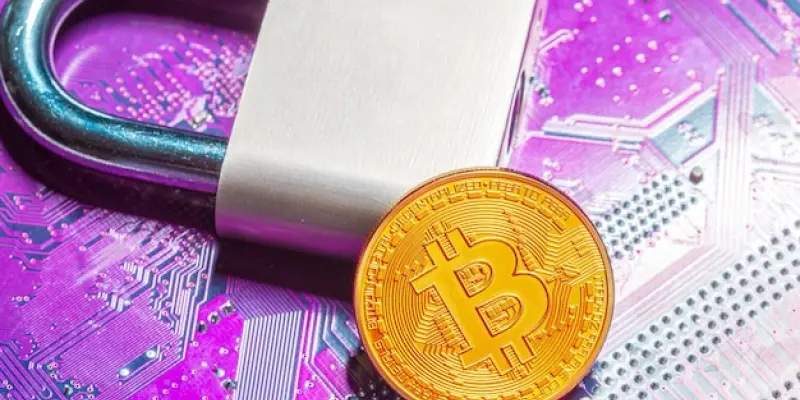In a dramatic twist that underscored vulnerabilities in financial systems, a cyberattack by Eric Council Jr., a 26-year-old hacker from Huntsville, Alabama, brought to light security risks affecting markets. Using a SIM swap attack, Council gained unauthorized access to the U.S. Securities and Exchange Commission’s official X social media account, posting fraudulent news of Bitcoin ETF approvals. This deception caused Bitcoin’s price to soar temporarily by over $1,000 before crashing by $2,000 following the SEC’s clarification. The attack illustrated how quickly false information can impact financial instruments and investor decisions, hinting at broader implications for cybersecurity within the financial sector.
Anatomy of the SIM Swap Attack
The Scheme Unveiled
Eric Council’s operation was anything but ordinary, as it combined technical acumen with social engineering to infiltrate one of the most secure accounts. He leveraged a fake identification card replete with personally identifiable information provided by his collaborators, enabling him to impersonate an SEC employee. This impersonation convinced an AT&T employee to perform a SIM swap. With the phone number transferred to a new SIM card owned by Council, he intercepted two-factor authentication codes, gaining unprecedented access to the SEC’s social media account. By exploiting this vulnerability, Council was able to spread misinformation that reverberated through a global market dependent on real-time updates and authentic communications.
Consequences and Investigations
Council’s arrest in October marked a significant moment as authorities stepped in to dismantle this complex scheme. His subsequent sentencing to 14 months in federal prison highlighted the gravity of his actions, with an order to forfeit $50,000 received in Bitcoin as payment showcasing the tangible rewards hackers might pursue. The charges of conspiracy to commit aggravated identity theft and access device fraud painted a picture of a cybercriminal who targeted not only digital infrastructures but also public trust in essential financial organizations. This case prompted an intense examination of SEC cybersecurity protocols, uncovering alarming vulnerabilities and demonstrating the urgent need for enhanced defenses.
The Ripple Effect on Bitcoin Prices
Initial Surge
The repercussions of Council’s attack did not merely remain confined to legal battles; they extended onto financial markets with stark immediacy. The fraudulent announcement about Bitcoin ETF approvals caused an unexpected spike in Bitcoin prices, capitalizing on traders’ and investors’ anticipations for regulatory acceptance of Bitcoin. This temporary surge created a ripple effect where investors scrambled to adjust their strategies based on false information. Thousands flocked to buy, leading to a temporary inflation in Bitcoin’s value, highlighting how misinformation can lead to volatile market scenarios and emphasizing the importance of reliable communication channels in the trading landscape.
The Market Correction
This artificial inflation, however, was short-lived as the SEC swiftly stepped in to dispel rumors and confirm the security breach. Bitcoin’s price subsequently plummeted by $2,000, a stark correction that not only resulted in significant financial losses for those caught in the speculative bubble but also reinforced the unpredictable nature of digital currencies. Beyond monetary implications, the incident served to remind investors and institutions alike of the susceptibilities inherent in digital monetary systems and the crucial need for robust monitoring systems and quicker response mechanisms when dealing with pervasive cyber threats.
Lessons and Future Measures
Strengthening Against Cyber Threats
The broader impact of Council’s attack reverberated through cybersecurity circles, revealing the growing threat of SIM swap attacks. Emphasizing the need for urgent attention to mobile carrier security processes, experts have since advocated several preventative measures. These include setting up account PINs with mobile carriers, opting for authenticator apps over SMS for two-factor authentication, guarding personal information with vigilance, and maintaining constant surveillance for unwarranted account activities. These strategies underline the necessity for proactive defense mechanisms to mitigate risks posed by evolving cybercriminal activities.
Regulatory and Institutional Response
In a shocking revelation, the financial sector’s susceptibility to cyber threats was exposed by a cyberattack perpetrated by Eric Council Jr., a 26-year-old hacker from Huntsville, Alabama. Utilizing a SIM swap technique, Council surreptitiously accessed the official X social media account of the U.S. Securities and Exchange Commission (SEC). He then posted false news regarding the approval of Bitcoin ETFs. This misinformation quickly caused Bitcoin’s price to skyrocket momentarily by more than $1,000, only to plunge by $2,000 once the SEC refuted the claims. This incident starkly demonstrated the rapid influence that erroneous information can exert on financial markets and investor decision-making processes, signaling broader cybersecurity concerns within the financial industry. Financial institutions must reevaluate their security protocols to combat such vulnerabilities, ensuring that their systems are resilient against such deceptive maneuvers in the future to maintain market stability and investor confidence.

